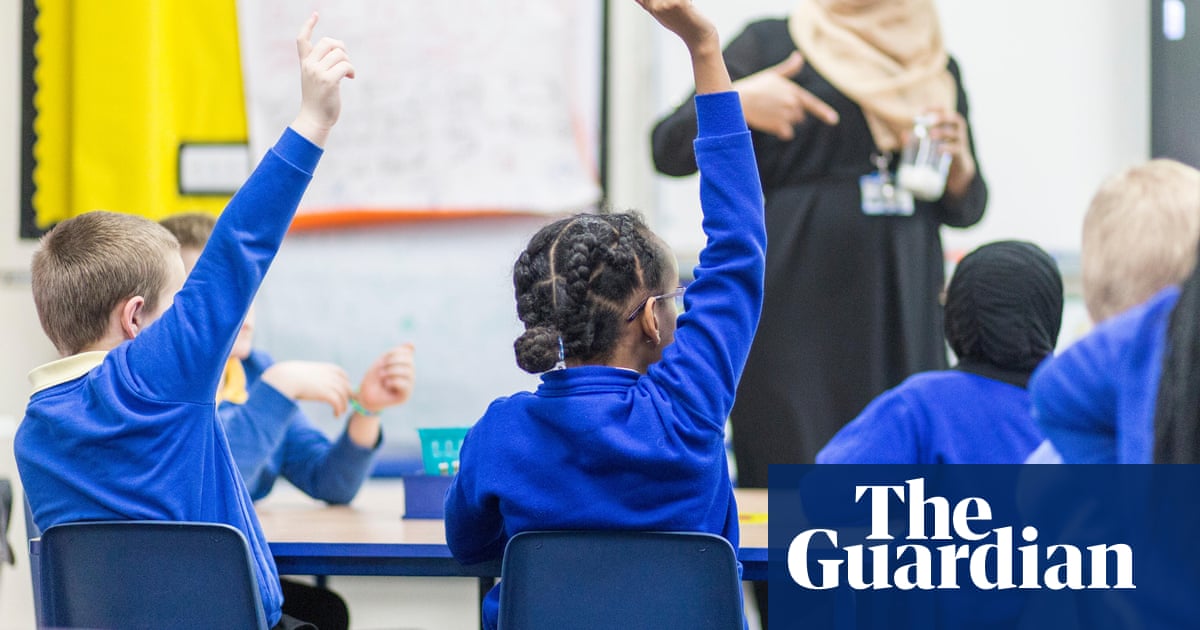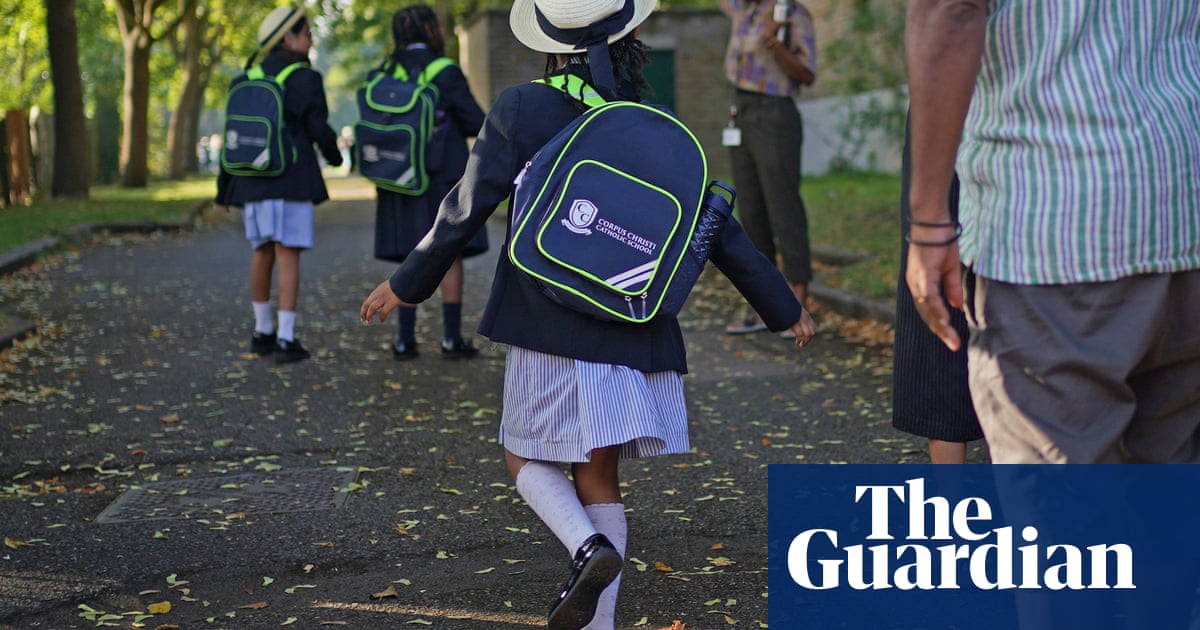
Fifty secondary schools in England suspended more than a quarter of their students after the pandemic, with children at schools with the most disadvantaged pupils three times as likely to be suspended as those in wealthier areas, according to analysis by the Guardian.
The proportion of schools suspending large numbers of pupils has risen sharply since schools were closed to many children during Covid, and teachers have struggled with deteriorating behaviour since they reopened.
The number of secondary schools that sent away a quarter or more of their pupils rose to 50 in 2022-23, double the 24 that did so in 2018-19, according to data published by the Department for Education (DfE).
Of the 50 schools, five are run by Dixons Academies Trust and three each by Outwood Grange Academies Trust (OGAT) and Northern Education Trust.
Three of the schools suspended more than 37% of their pupils in 2022-23: Dixons Croxteth academy in Liverpool, Outwood academy Kirkby in Nottinghamshire and Outwood academy Bishopsgarth in Stockton-on-Tees.
Luke Sparkes, the chief executive of Dixons Academies Trust, said his trust exclusively took on schools in disadvantaged communities with “serious problems” dating back years.
“When we arrive in these schools, they are very often characterised by bad behaviour – bullying, behaviour that puts other children and staff in danger, and constant disruption of lessons which means children who want to learn are stopped from doing well,” Sparkes said.
“We never want to suspend or exclude any student. But we also can’t accept situations where children are in danger, are unhappy or can’t learn. Our behaviour policies are clear and we apply sanctions consistently and fairly – everyone knows where they stand, and everyone receives high-quality support to achieve the expectations we set.
”
Lee Wilson, the chief executive of OGAT, which operates in the north of England and the Midlands, said the trust included schools in areas of high deprivation that faced multiple challenges.
“These schools have been transformed by OGAT. They now provide students with a great education and the best chance to lead successful lives. Our schools have never been so popular with parents and local authorities have expanded several of them so they can take even more students,” Wilson said.
“Trusts like ours – and there are many – are working hard to get these schools to the best possible place and to support all students, in particular younger ones who joined secondary school at such a disjointed time, to achieve what we know they can so they can lead successful lives.”
The DfE’s national figures for 2022-23 showed a record 257,000 students were sent away for at least part of the school day after receiving one of the 787,000 suspensions issued during the school year.
The DfE said there “will always be a need for suspensions as a last resort, and we back headteachers to make those decisions whilst we work in tandem to tackle the causes of poor behaviour to prevent suspensions”.
On average, 7% of pupils at each secondary school received at least one suspension. But the rate was far higher in some parts of the country: Stoke-on-Trent and Middlesbrough recorded double the national rate with 14% of their pupils suspended during the year.
Suspensions were also concentrated in schools serving the most deprived communities across England. In 2022-23 the secondary schools in the top fifth in terms of children on free school meals suspended 11.5% of pupils at least once, compared with 3.4% of pupils at schools with the fewest children on free meals.
Tom Bennett, an expert on pupil behaviour who advises the DfE, said it was not remarkable that some schools suspended pupils at higher rates than others, as there was no “right” level of suspensions.
“Obviously averages are just that, and some will be above, some will be below. Schools that serve more disadvantaged communities will almost by definition use disciplinary methods more frequently,” Bennett said.
“Suspending might actually be the right thing to do. What are the school outcomes? Are kids doing well? Maybe the suspensions keep them safe. Suspensions are not a good or bad thing intrinsically, they are a strategy.”
Rates of suspension for individual schools vary widely from year to year due to differing policies or enforcement of behaviour codes, or whether schools prefer to use internal exclusions.
Since the pandemic 45% of schools had higher suspension rates in 2022-23 than 2018-19, while 9% had lower rates. Six OGAT academies were among the schools that reduced suspensions the most.












